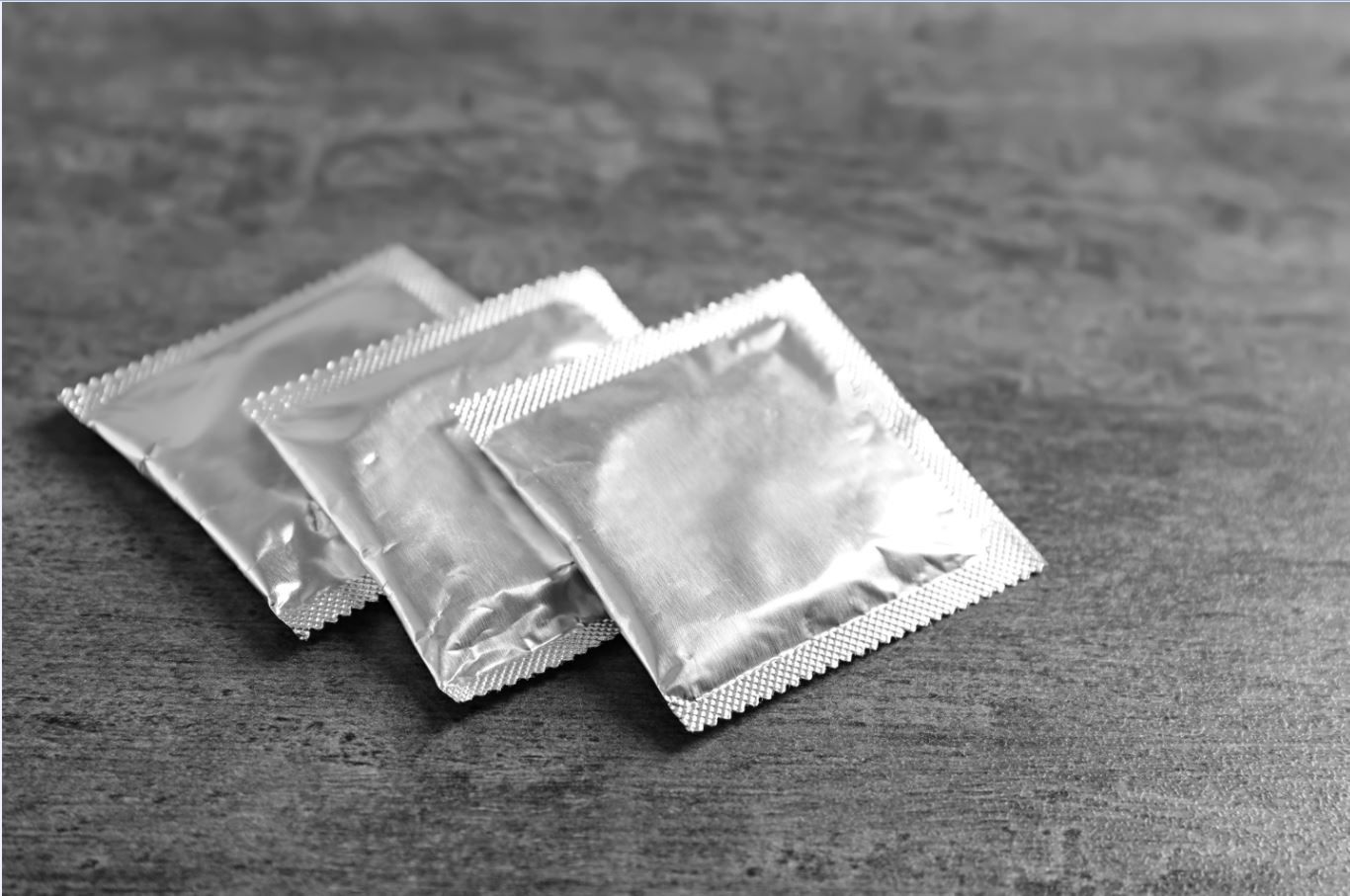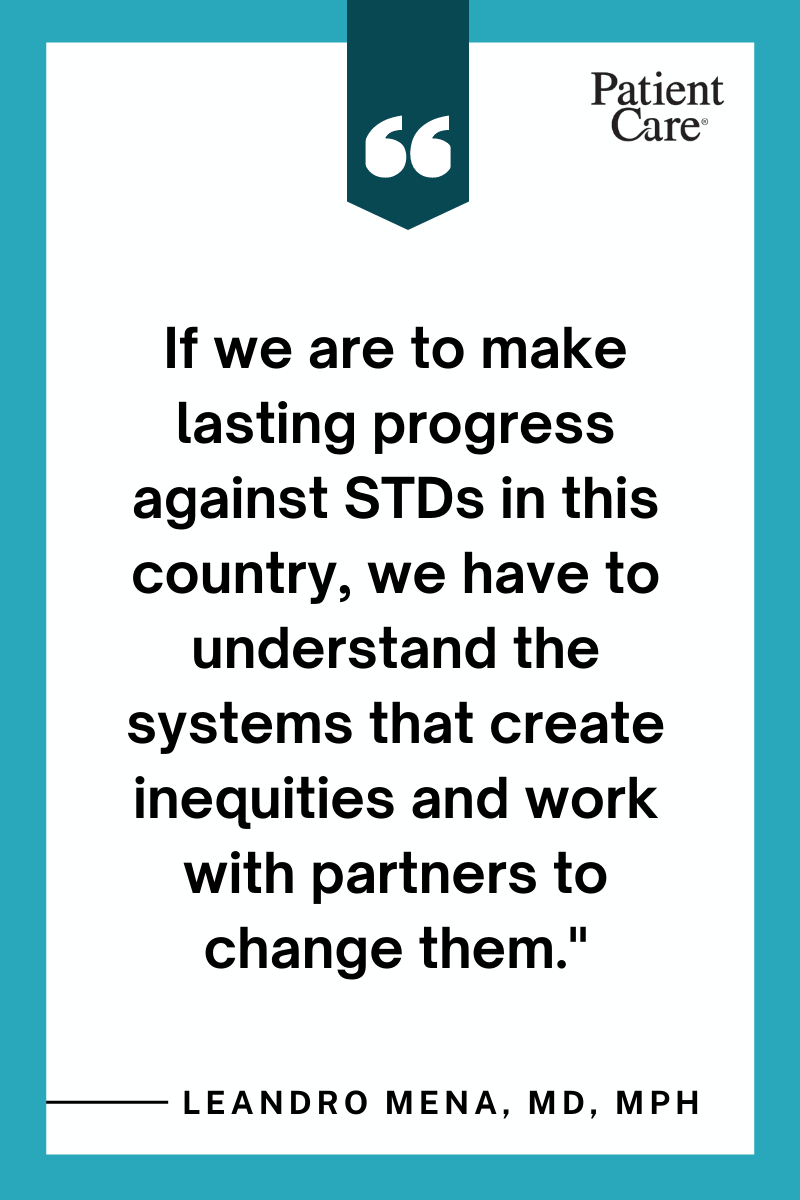- Clinical Technology
- Adult Immunization
- Hepatology
- Pediatric Immunization
- Screening
- Psychiatry
- Allergy
- Women's Health
- Cardiology
- Pediatrics
- Dermatology
- Endocrinology
- Pain Management
- Gastroenterology
- Infectious Disease
- Obesity Medicine
- Rheumatology
- Nephrology
- Neurology
- Pulmonology
CDC: STDs Continued to Rise during Pandemic, Likely to Keep Increasing in 2021
©Africa Studio/AdobeStock

Reported cases of gonorrhea, syphilis, and congenital syphilis surpassed 2019 level in the US, while chlamydia cases declined, according to the 2020 Sexually Transmitted Disease (STD) Surveillance Report published by the Centers for Disease Control and Prevention (CDC).
The newly released report provides the clearest picture to date of the COVID-19 pandemic’s impact on the US STD epidemic, according to the April 12, 2022, CDC press release.
Cases of gonorrhea and primary and secondary (P&S) syphilis increased approximately 10% and 7%, respectively, between 2019 and 2020. Reported cases of congenital syphilis were up 15% from 2019 and 235% from 2016. Also, preliminary CDC data suggest cases of P&S syphilis and congenital syphilis will continue to increase in 2021.
Reported cases of chlamydia in 2020, on the other hand, decreased 13% from 2019. This decline is likely due to decreased STD screening and underdiagnosis during the COVID-19 pandemic rather than a decrease in new infections, noted CDC officials.
“The COVID-19 pandemic put enormous pressure on an already strained public health infrastructure,” said Jonathan Mermin, MD, MPH, director, National Center for HIV, Viral Hepatitis, STD, and TB Prevention, CDC, in the announcement. “There were moments in 2020 when it felt like the world was standing still, but STDs weren’t. The unrelenting momentum of the STD epidemic continued even as STD prevention services were disrupted.”

Reduced frequency of in-person health care visits, diversion of public health staff from STD work to respond to the pandemic, STD test and laboratory supply shortages, lapses in health insurance coverage due to unemployment, and rising switch to telemedicine that led to some cases not being captured in national data contributed to the decrease in reported STD cases.
Although STD cases increased across many groups, the 2020 data found higher rates of STDs among some racial and ethnic minority groups, gay and bisexual men, and adolescents. For example, 53% of reported cases of STDs were among adolescents and young adults aged 15-24 years, and 32% of all cases of chlamydia, gonorrhea, and P&S syphilis were among non-Hispanic Black persons, “even though they made up only approximately 12% of the US population,” according to the report.
“The COVID-19 pandemic increased awareness of a reality we’ve long known about STDs. Social and economic factors – such as poverty and health insurance status – create barriers, increase health risks, and often result in worse health outcomes for some people,” said Leandro Mena, MD, MPH, director of CDC’s Division of STD Prevention, in the press release. “If we are to make lasting progress against STDs in this country, we have to understand the systems that create inequities and work with partners to change them. No one can be left behind.”
More work is needed to “rebuild, innovate, and expand” STD prevention in the US and will require local health care systems, clinics, health care providers, public health workers, and other groups to work together, according to the press release.
